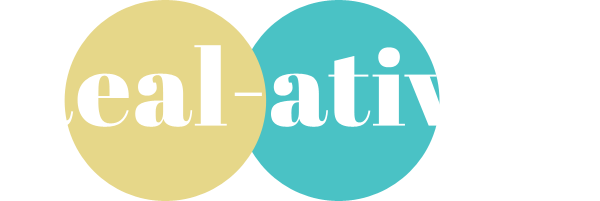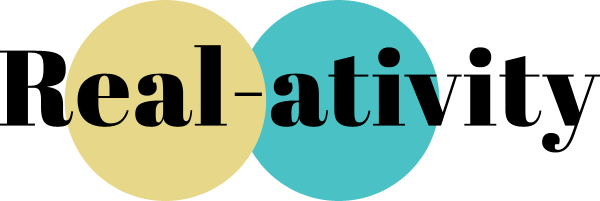If you’re looking to finance a home, purchasing a single family home will provide more financing options than other property types. Single family homes are financeable through the widest variety of government-backed and conventional loan products. Depending on your situation, you may opt for a 15 or 30 year loan term. You will need to choose between a fixed-rate or adjustable-rate mortgage. If you are looking for a home that is listed above the conforming loan limit in your area, you will need to apply for a jumbo loan. As you can see, you will have a lot of important decisions ahead. Let’s take a closer look at your options.
Conventional Home Loans
A conventional loan is originated in the private sector and is not insured by the government. Conventional loans are more difficult to qualify for than government-insured loans because they pose a greater risk to the lender. A credit score of 620 and a debt-to-income ratio of 50% or less is generally required, but requirements do fluctuate. Most homebuyers that can meet these credit requirements opt for conventional loan products because they offer very competitive interest rates. Another perk is being able to avoid private mortgage insurance with a 20% down payment.
Conventional loans offer 3% down payment options, but select lenders are able to qualify buyers with 0% down. Down payment requirements vary based on a number of factors. If you’re purchasing a second home, there is a 10% down payment requirement. Adjustable-rate mortgages require at least 5% down. Renovation Financing options are also available with at least 5% down. HomeStyle Renovation Financing and FreddyMac ChoiceRenovation are worth looking into if you fall in love with a home in need of extensive renovations.
FHA Loans
FHA stands for Federal Housing Administration. FHA loans are backed by the government. This government insurance mitigates the lender’s risk; as a result, FHA financing is easier to qualify for than conventional financing in terms of credit scores and loan-to-income ratios.
The minimum down payment is as low as 3.5%. In the past, this low down payment made FHA financing attractive to buyers with little savings. Nowadays conventional financing is available for only 3% down. So in most cases, buyers select FHA because they have difficulty qualifying for a conventional loan.
The downside to FHA loans is the upfront mortgage insurance premium (MIP). MIP covers a percentage of the lender’s loss if you default on your loan. FHA borrowers don’t receive any protection from MIP policies, but they are responsible for monthly premiums for the life of the loan.
Typically they pay two different kinds of mortgage insurance premiums:
- The upfront premium is approximately 1.75% of the loan amount.
- Annual premium of 0.85% for most borrowers (sometimes more).
VA Loans

U.S. Department of Veterans Affairs
- Available to active or retired military (or a veteran’s surviving spouse).
- 0% down payment.
- The VA only allows lenders to charge 1% maximum to cover the costs of originating and underwriting the loan, so you save money at closing. There is, however, an additional upfront, one-time funding fee of 2.15%.
- No mortgage insurance.
USDA Loans
U.S. Department of Agriculture & Rural Development
- Limited-income homebuyers in towns with populations of 10,000 or less, or that are “rural in character,” meaning that some areas that now have bigger populations are grandfathered in.
- Lower interest rates than non-USDA loans.
- Down payments can be as low as 0%.
- Lenient credit score requirements.
- Upfront mortgage insurance fee of 1% of the loan amount and an annual mortgage insurance premium of 0.35%.
Qualifying for a Home Loan
The lender will have to take homeowners association dues and any upcoming or levied assessments into consideration. Some associations cover insurance while others don’t, this is another important factor for calculating carrying costs. If these additional fees are too high, they could push you outside the lender’s acceptable debt to income ratio resulting in loan disqualification. Be sure to compile all the documents needed for mortgage preapproval ahead of time, and shop around for the lender with the best rate and terms. Preparation and diligent research are key when financing a home!



